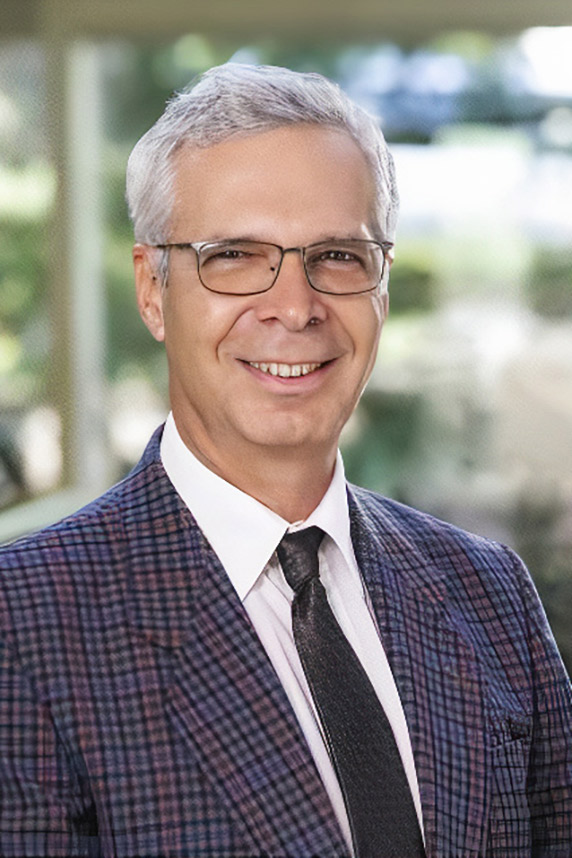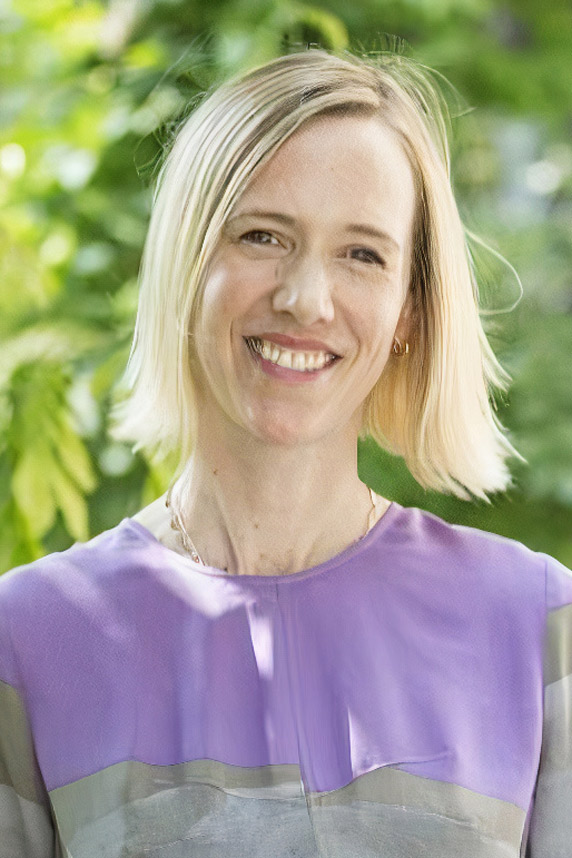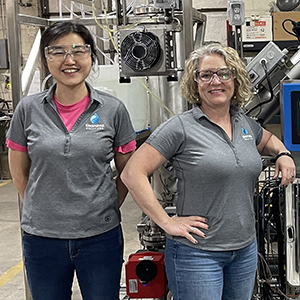Complexities of studying per- and polyfluoroalkyl substances (PFAS) were shared by NIEHS grantees and other experts during a congressional hearing. Witnesses discussed how increased research and development can better inform regulation and strengthen methods for cleaning up PFAS in the environment.
The Dec. 7 hearing was held jointly by the Subcommittees on Environment and on Research and Technology, which are part of the Committee on Science, Space, and Technology in the U.S. House of Representatives.
PFAS are a large class of manmade chemicals used in a variety of industrial and consumer products, such as firefighting foam and food packaging. The substances are known as forever chemicals because they are slow to break down and can accumulate in animals and humans.
 In humans, high levels of PFAS may lead to conditions such as increased cholesterol levels, small decreases in infant birth weight, and heightened risk of kidney or testicular cancer, among other potential health issues. (Photo courtesy of Joyseulay / Shutterstock.com)
In humans, high levels of PFAS may lead to conditions such as increased cholesterol levels, small decreases in infant birth weight, and heightened risk of kidney or testicular cancer, among other potential health issues. (Photo courtesy of Joyseulay / Shutterstock.com)“There are many outstanding questions related to PFAS fate and transport; toxicity; exposure pathways; treatment and destruction; remediation; and essential use,” said Chairwoman Mikie Sherrill (D-NJ) during her opening remarks. “To answer these questions, we must support an interdisciplinary, collaborative, and integrated approach. It is critical to develop partnerships between state and local entities, academia, nongovernmental stakeholders, and the federal government.”
Participants described challenges associated with detecting PFAS, assessing their toxicity, and removing them from the environment. They emphasized the importance of government funding for research that informs health-protective policies and the need to share information with the public so that individuals can prevent harmful exposures.
Focusing on groups of PFAS
 Jaffe leads an SRP-funded project to develop nanoparticles made of the mineral ferrihydrite to stimulate the activity of bacteria that can break down PFAS in contaminated drinking water. (Photo courtesy of Princeton University)
Jaffe leads an SRP-funded project to develop nanoparticles made of the mineral ferrihydrite to stimulate the activity of bacteria that can break down PFAS in contaminated drinking water. (Photo courtesy of Princeton University)“The large number of PFAS compounds and the wide range of properties provide a unique challenge for conducting research on PFAS and regulating them,” said NIEHS Superfund Research Program (SRP) grantee Peter Jaffe, Ph.D., from Princeton University, during his testimony.
Analyzing even the most common PFAS is expensive, requiring cutting-edge methods and equipment as well as extensive training, noted Jaffe. He added that it is important to understand these chemicals as groups rather than studying or regulating PFAS compounds individually.
Jaffe suggested that the government should create a publicly available database of the chemicals to help scientists systematically evaluate which PFAS potentially cause the most harm, how their molecular structure can influence negative health effects, and their concentrations in the environment.
“Once scientists better understand the chemicals, policymakers can make regulatory judgements based both on the prevalence of the chemicals in the environment and the health risks they may pose,” Jaffe said.
Insufficient exposure data
“It's concerning how little we know about these harmful chemicals and how limited our understanding is about what we still need to learn,” said Elsie Sunderland, Ph.D., from the University of Rhode Island SRP Center, during her testimony.
 Sunderland leads SRP-funded projects for the University of Rhode Island and the Harvard School of Public Health. (Photo courtesy of the Harvard School of Public Health)
Sunderland leads SRP-funded projects for the University of Rhode Island and the Harvard School of Public Health. (Photo courtesy of the Harvard School of Public Health)She explained that another challenge with PFAS is that new chemicals are continuously developed. A large fraction of these compounds, which have unknown properties and are difficult to detect, degrade into other PFAS that are known to pose risks to human health.
“These limitations in current analytical methods mean we are systematically underestimating exposures to these compounds,” said Sunderland. “We need new tools to effectively detect current and emerging PFAS.”
Sunderland also stated that most PFAS research currently focuses on concentrations in drinking water. Data on other sources of exposure, such as food, dust, and personal care products, is lacking.
Protecting public health
Participants noted that some states have implemented safe drinking water regulations for PFAS, but there are no nationwide standards. Sherrill asked the witnesses whether a national approach would be helpful.
“Uniform standards are very helpful for avoiding confusion among the public,” Sunderland said. “Agreeing on which health effect to base regulations on and focusing on the most sensitive health effects for protecting the most vulnerable populations, such as children, is very important.”
Jaffe provided an overview of current techniques used to degrade these chemicals and remove them from the environment. He explained that more research focused on the mechanisms by which PFAS can be transformed and degraded will be valuable for improving these strategies.
Full testimony and a video of the hearing are available.
(Mali Velasco is a research and communication specialist for MDB Inc., a contractor for the NIEHS Superfund Research Program.)









